A Prominent Street Artist Just Destroyed All of His Works
Blu used a chisel and gray paint to make a point
Street art is a medium that can be as frustrating as it is intriguing—just look at the scientific campaign to confirm the identity of Banksy or Joe “Graffiti Guerilla” Connolly’s attempts to keep Los Angeles free of tags and murals. But for some creators, one of the most upsetting acts against street art is having their work put in a museum. That’s what happened to Blu, a muralist who’s been transforming the streets of Bologna, Italy, for more than 20 years. When he learned that his murals would be removed from the streets and featured in a museum exhibition, he grabbed a chisel and a bucket of gray paint and destroyed them all.
As artnet’s Sarah Cascone reports, Blu spent all weekend destroying his artwork. The symbolic act was in protest of a Bologna exhibition which features more than 250 pieces of street art plucked from their urban settings and placed inside a museum. Blu objected to both the exhibit’s backers—prominent bankers—and its tactics of removing street art from the streets themselves.
“This exhibition will embellish and legitimise the hoarding of art taken off the street, which is only going to please unscrupled collectors and merchants,” said the artist in a statement. “This “street art” exhibition is representative of a model of urban space that we must fight, a model based on private accumulation which commodifies life and creativity for the profits of the usual few people.” Blu’s actions seem to be related not just to the affront of having his work appear in a museum, but also to the rising street art market that is causing works from artists like Banksy to command huge prices.
This isn’t the first time street art has been removed to make a point—or even the first time Blue's own art has gone away to protest the concept of public murals as a private commodity. In 2014, Blu and his co-creator Lutz Henke buffed over several of their iconic murals in Berlin to protest the city's gentrification and the use of street art imagery to promote tourism.
Blu’s act may be one of protest, but the absence of his murals changes cities as much as their presence. “I understand the protest, but at the same time it is sad that now even regular people like us who live in this neighborhood are losing it forever,” a Bologna resident told the Telegraph’s Andrea Vogt.
Who really owns street art, anyway? It’s often created illegally and ephemerally, but debates still rage over whether graffiti artists even retain copyright to their own work. You could argue that once street art makes its way to a wall, it becomes the property of the people—or that, since it could be painted over at any time, it doesn’t belong to anyone. When it comes to street art, seemingly nothing is simple—and that can be the most frustrating (or wonderful) thing of all.
/https://tf-cmsv2-smithsonianmag-media.s3.amazonaws.com/accounts/headshot/erin.png)

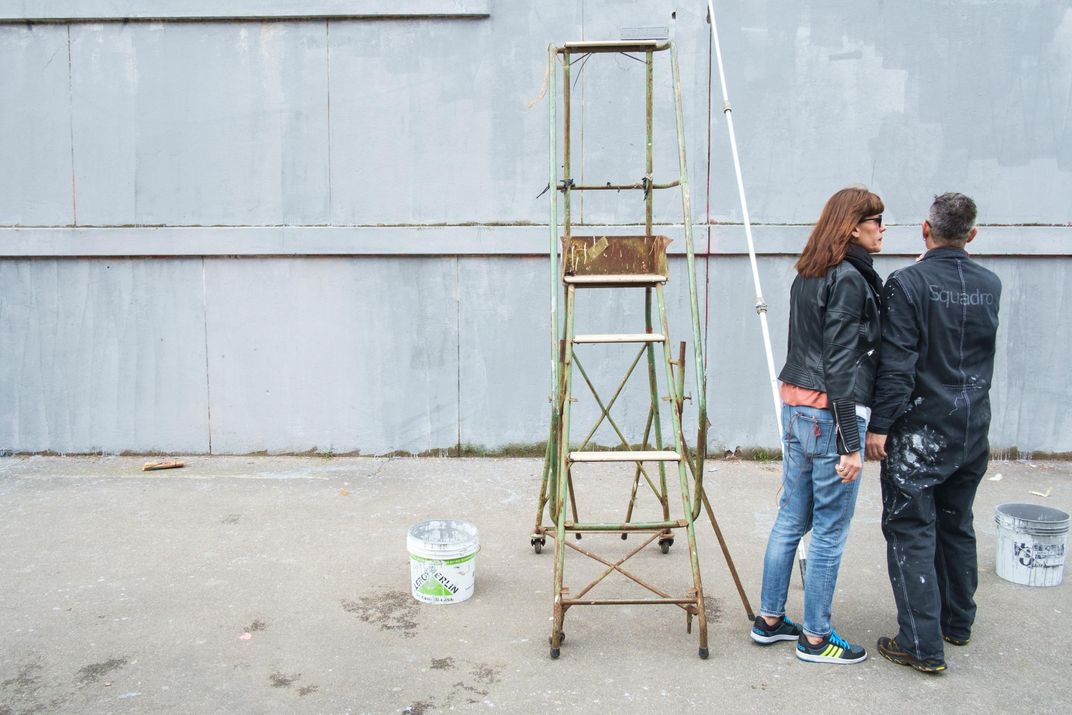
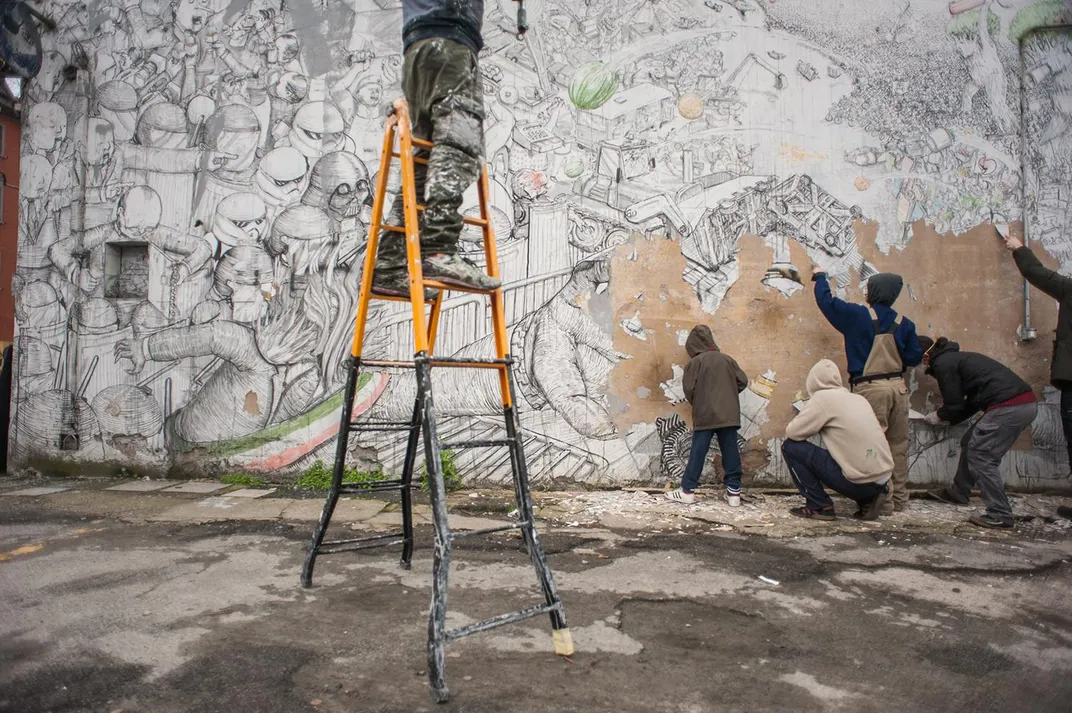
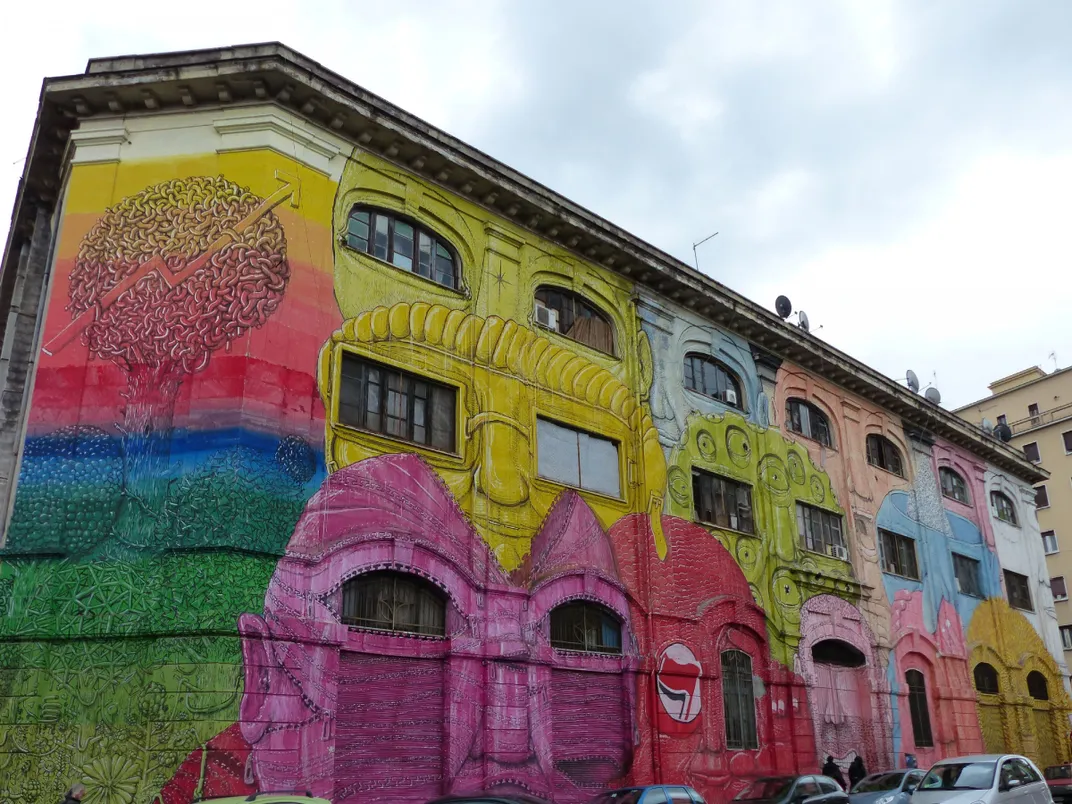
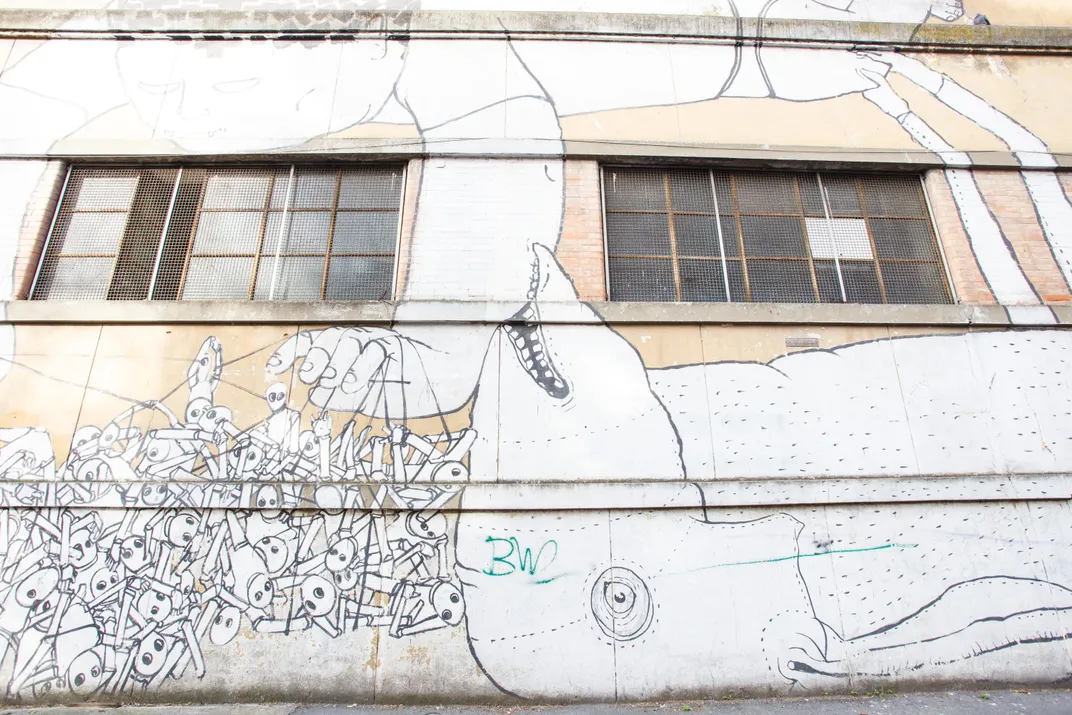
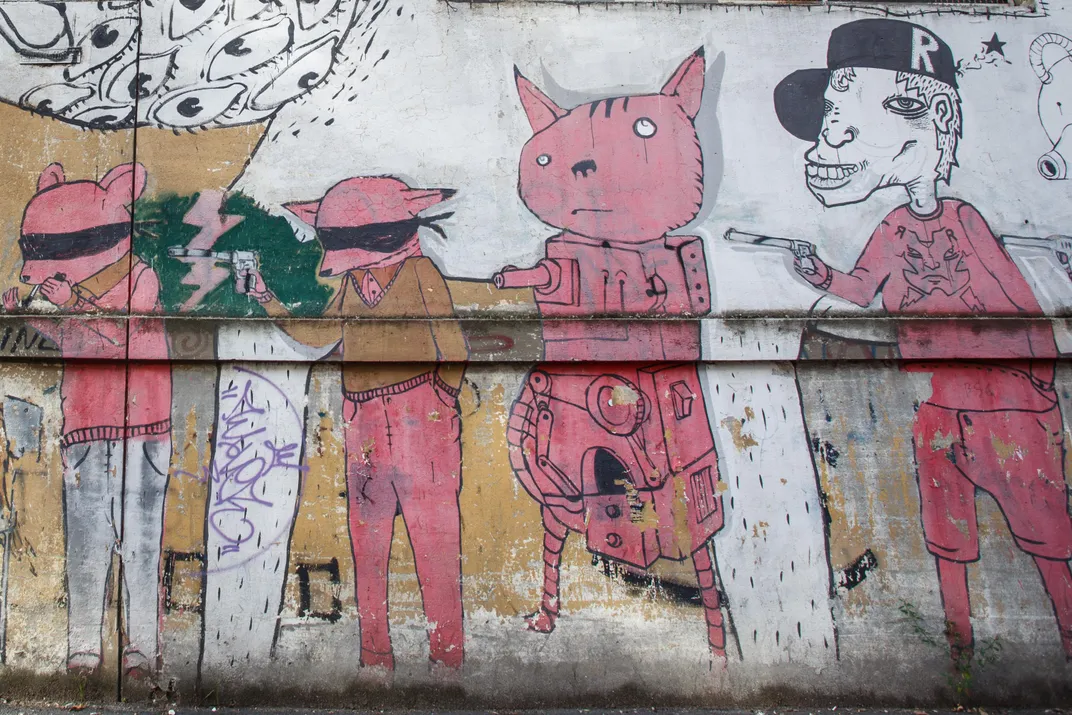
/https://tf-cmsv2-smithsonianmag-media.s3.amazonaws.com/accounts/headshot/erin.png)